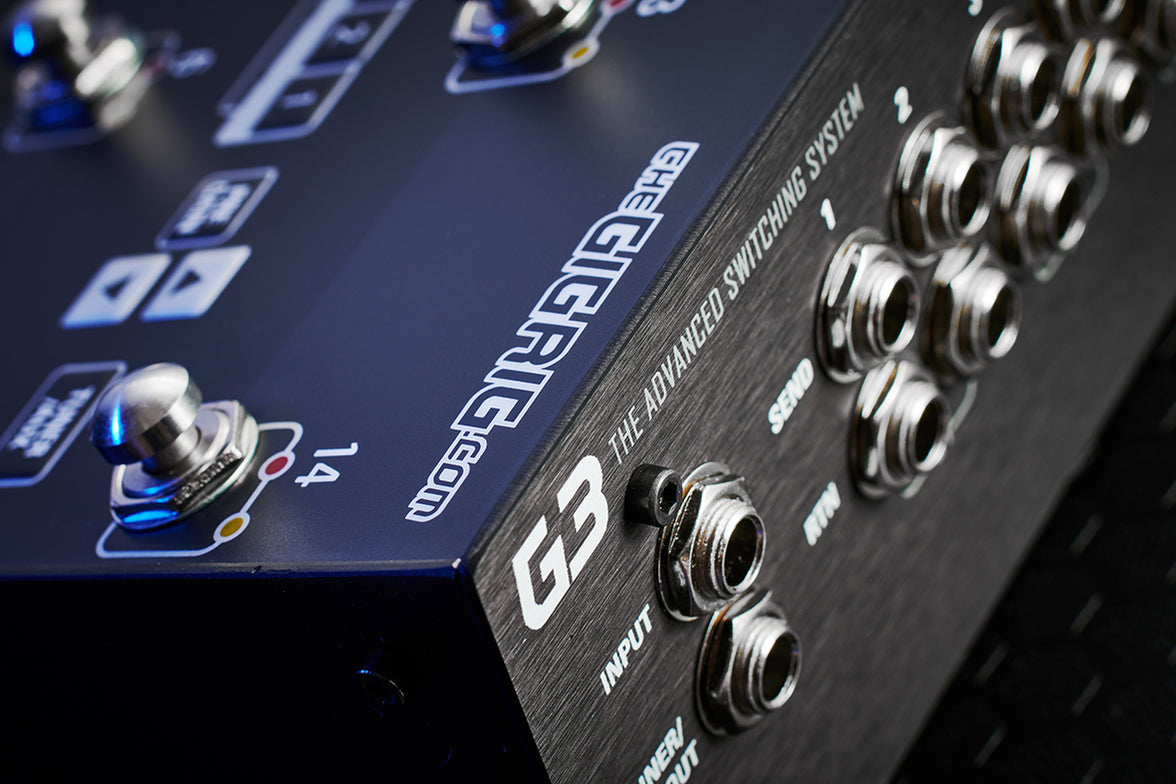


Analogue effects are almost always monophonic, which is often why they have trouble tracking the minute they detect an overtone, a bum note, or an accidental open string, they get confused! Digital effects can be either mono/polyphonic – it depends on the one you go for.Įach octave or pitch effect pedal will have its own character. Polyphonic tracking means that pretty much anything you play can be detected and shifted accurately, including chords. The ‘warbling’ sound of analogue pedals is created when the pedal has trouble tracking the signal this problem is far less common with digital pedals.įurther to this, tracking can also be monophonic or polyphonic. It’s more accurate, and is therefore more flexible and applicable to a broad range of sounds. This sound was famously pioneered by Roger Mayer, who produced the ‘Octavia’ pedal, heard on some of Hendrix’s most iconic recordings.ĭigital tracking is found on a lot of modern octave effects, and is used on all pitch-shift / harmoniser pedals.

This means that the result varies depending on use, and often sounds raw and fuzzy and with a subtle ‘warbling’ quality. You can have digital or analogue tracking – older or vintage-themed octave effects often use analogue, which adjusts frequency, amplitude and filtering of your signal. This is called ‘tracking’, and different effects track your signal in different ways. In order for your octave or pitch-shift pedal to work its magic, it needs to be able to accurately detect your signal. Every note you play will have a perfect harmony added on top! This is more commonly used for vocalists who want a rich, layered sound, but when applied to guitar it can make for some really interesting effects! With harmonisers, you choose the musical key that you’re playing in, you choose your interval, and the pedal does the rest. …this brings us onto harmonisers! ‘Harmony’ is defined by the Cambridge English Dictionary as “a pleasant musical sound made by different notes being played or sung at the same time”. You can mimic different tunings, reach higher or lower notes than your guitar allows, or create abstract textures that sound less and less like guitar the further you go! And as with octave effects, you often have the option to either blend the effect with your signal, or remove your signal completely, opening up a world of tonal opportunities. The idea behind a pitch shift effect is that it doesn’t just shift by octaves, it can shift by any chosen interval. You can fatten up riffs by adding lower octaves to the mix, add extra sizzle to your leads with higher octaves, or drop your sound down by an octave or two and pretend you’re playing a bass.and much, much more! Most octave effects allow you to either blend the affected note with your original tone OR remove your original tone from the mix entirely. Some pedals even allow you to layer multiple octaves, creating an organ-like effect. Instead of shifting by just 12 notes (1 octave), they can shift by 24 notes (2 octaves), or even 36 notes (3 octaves), allowing you to create really unique sounds. Some octave effects can also shift by more than 1 octave. This means that if you play a C note through an octave pedal, you’ll still hear a C, but it’ll be either an octave higher or lower than you played it. So the idea of an octave effect is that it takes the note that it detects, and shifts it by exactly 12 notes either up or down. So if you start with a C note and ascend 12 notes (12 frets on a guitar), you end up on a higher C. You may already know that musical notes repeat themselves in a seemingly endless cycle. From fat, low mono sounds to octave-shifted chords and more, the OC-5 delivers the widest range, finest sound quality, and best playability in any octave stomp to date.In musical theory terms, an octave is the distance (also known musically as an ‘interval’) between two of the same note. And with the addition of an octave-up feature, a span of three octaves is now available for creative exploration. Vintage mode provides a spot-on recreation of the legendary mono OC-2 from 1982, while Poly mode offers numerous enhancements for extended-range playing. Pedalboard / Power Supplies / Pedal Accessoriesįusing classic BOSS octave tones with the latest tracking technologies, the BOSS OC-5 sets a new standard in octave pedal performance.


 0 kommentar(er)
0 kommentar(er)
